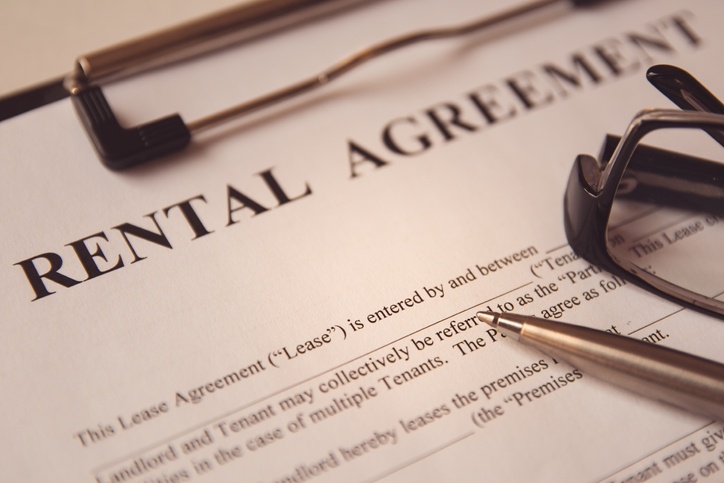Home » Uncategorised »
Better landlord knowledge of ‘fair wear and tear’ would reduce disputes, says AIIC
This article is an external press release originally published on the Landlord News website, which has now been migrated to the Just Landlords blog.

Deposit disputes can be reduced through better knowledge of what counts as fair wear and tear, says the Association of Independent Inventory Clerks (AIIC).
The AIIC says landlords who are unable to distinguish between fair wear and tear and damage are likely to raise disputes over negligible wear. The appropriate knowledge would help lessen the number of landlords and tenants who end up in dispute.
Landlords and tenants who educate themselves about fair wear and tear can lessen the number of unwarranted cases, the body claims.
What is fair wear and tear?
The AIIC says the term ‘fair wear and tear’ describes the deterioration of the condition of the property as a result of reasonable use by the tenant. Damage caused by negligence does not fall under this criteria. However, items, fittings, or fixtures that have been worn through natural use would be classified as fair wear and tear.
When the wear and tear of a home is assessed, average useful lifespan of the item, expected usage of such an item, who is renting the home and the length of the tenancy are all considered.
Daniel Evans, chair of the AIIC, explains: “Landlords and tenants must educate themselves on the differences between fair wear and tear and damage. Disputes that confuse the two cause unnecessary hassle among all parties involved.”
“The criteria for deposit deduction must be properly understood before raising any disputes. The underlining rule is that deposits cannot be kept for damage caused by fair wear and tear.”
“This criteria ultimately seeks to protect and prevent the landlord from ending up in a better position than they would otherwise have been. We encourage tenants to familiarise themselves with wear and tear and report any damage they find right away. We also recommend landlords to make sure every tenancy agreement is accompanied by a professional inventory.”




